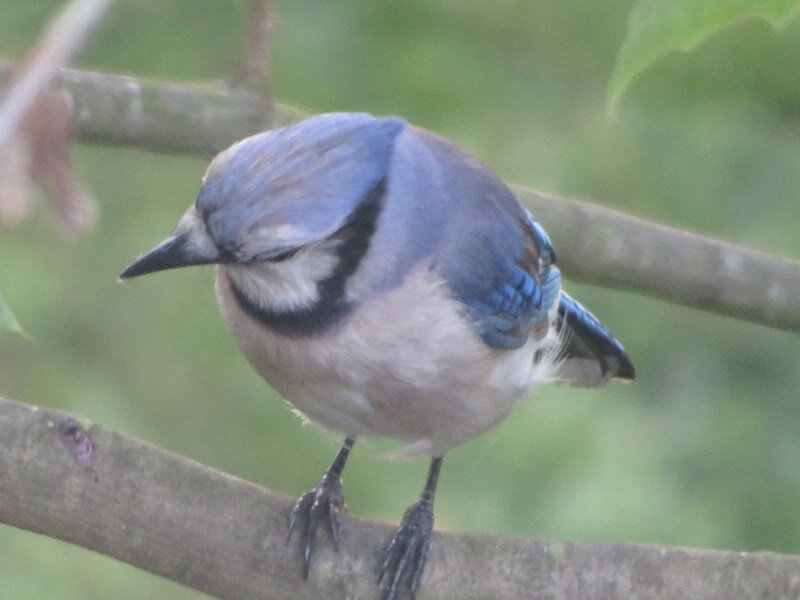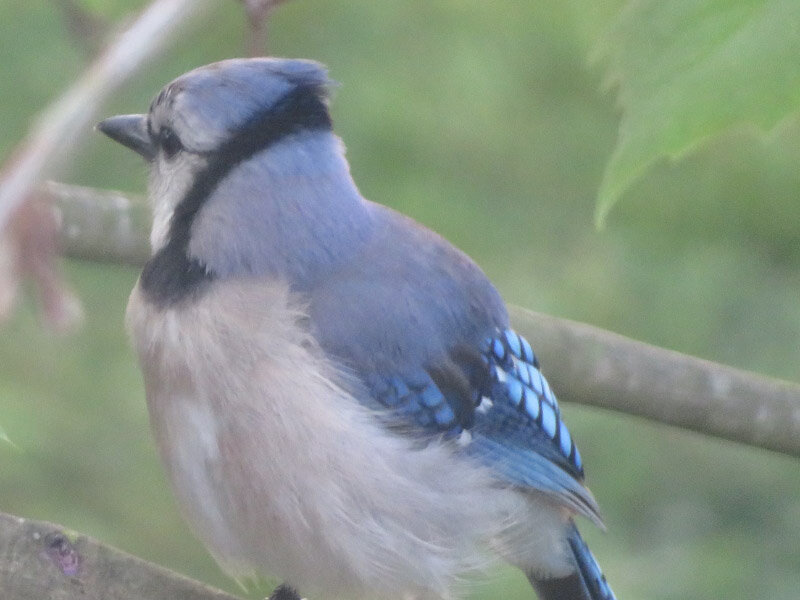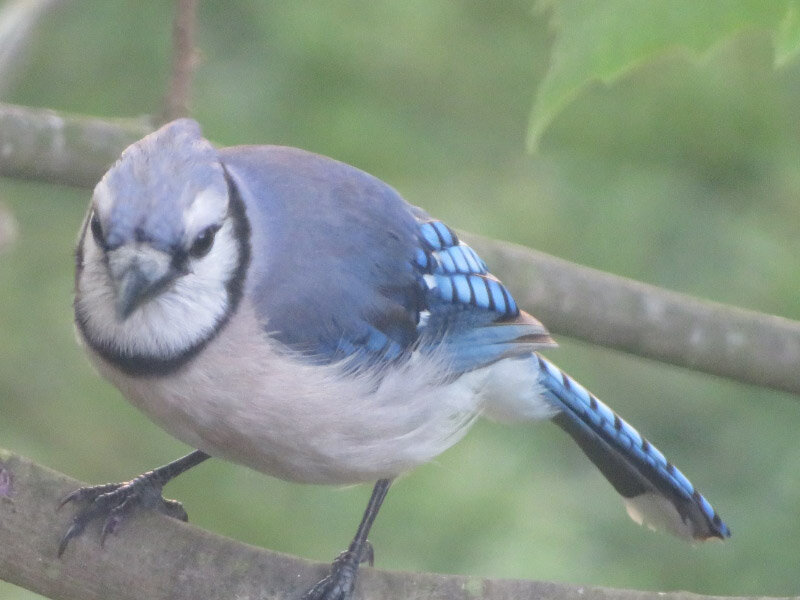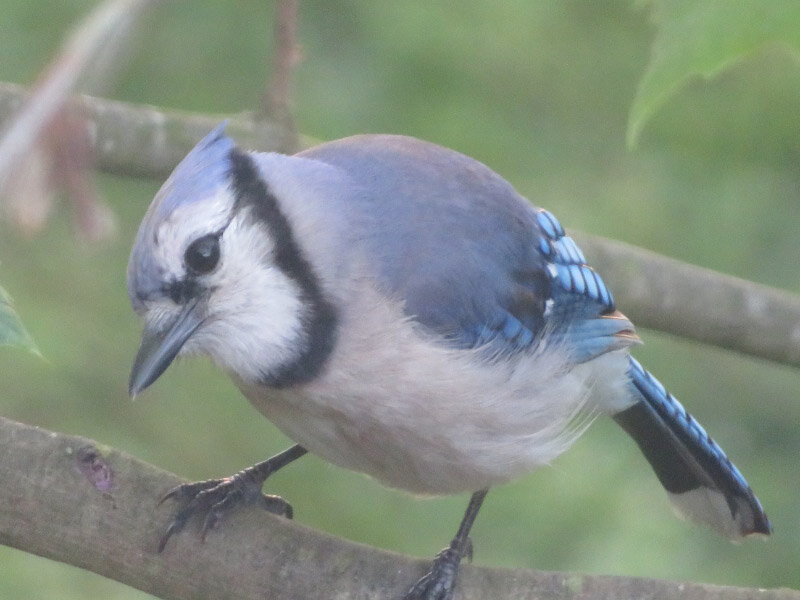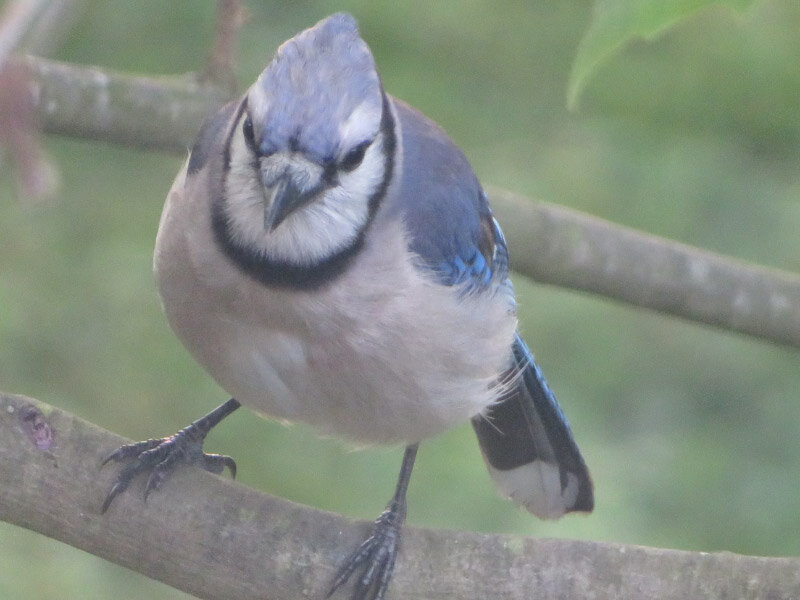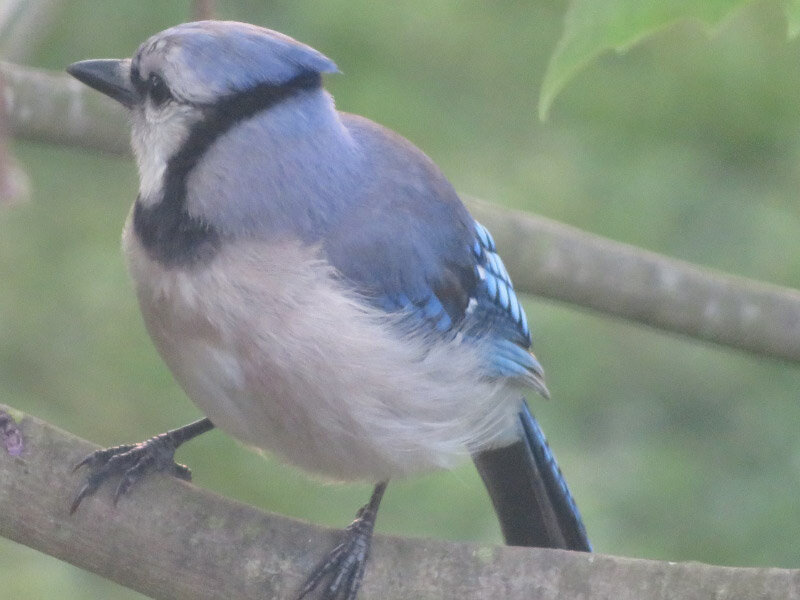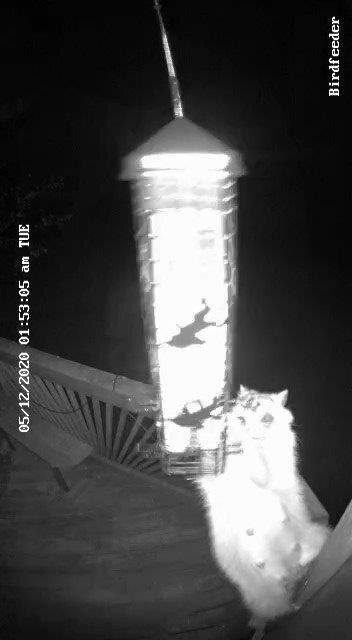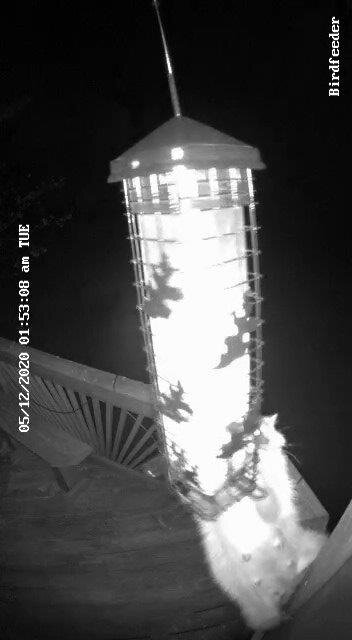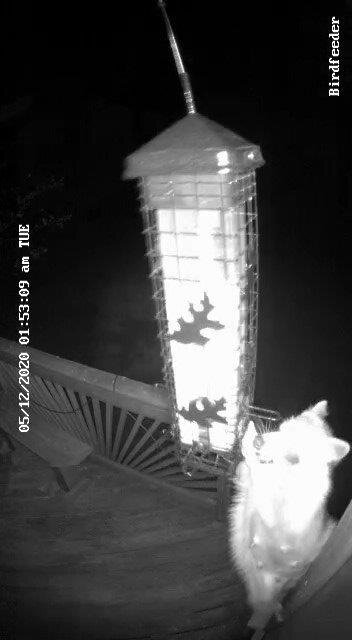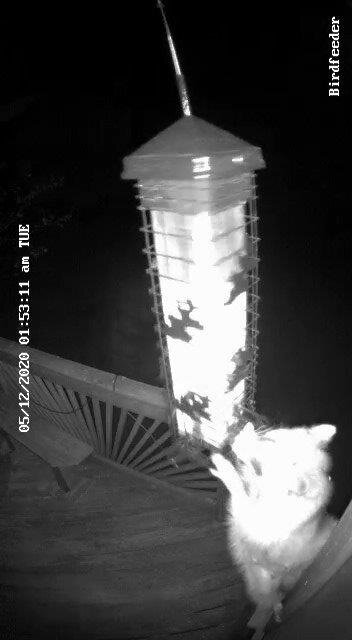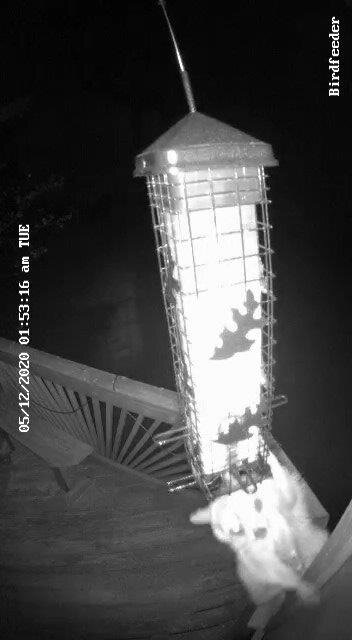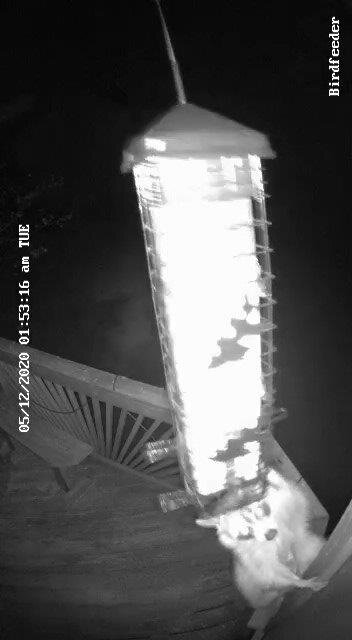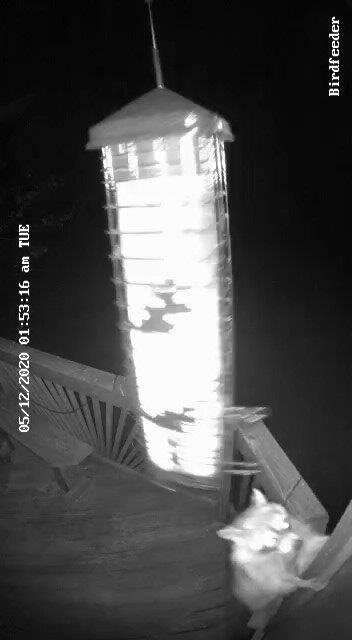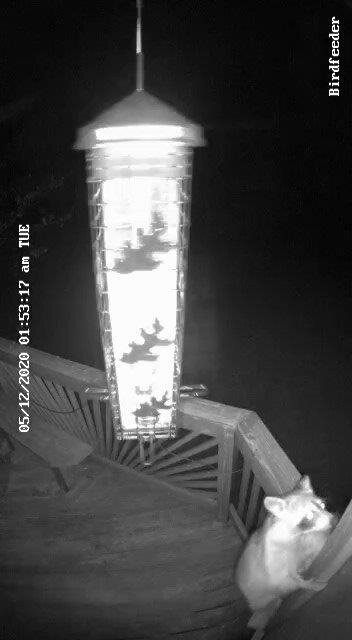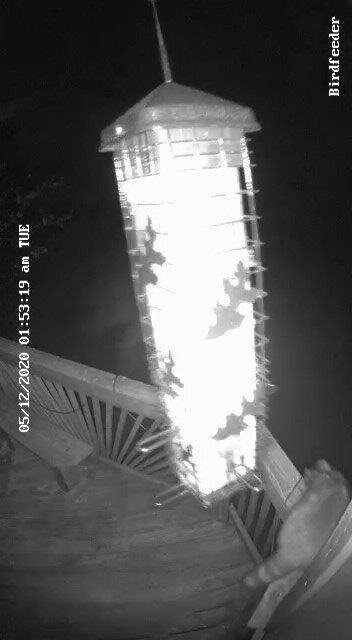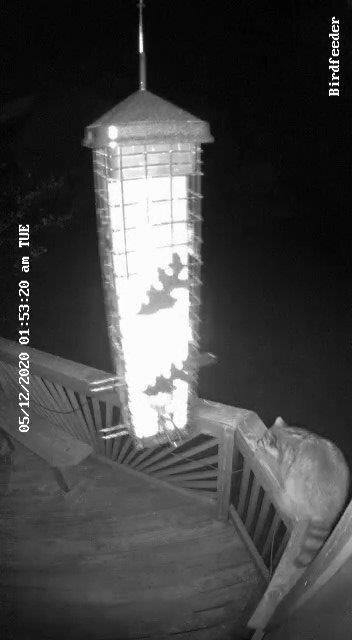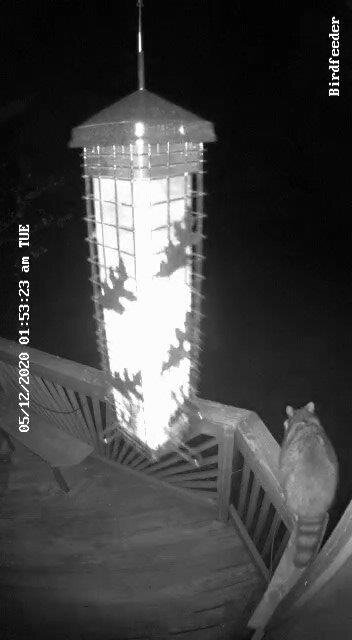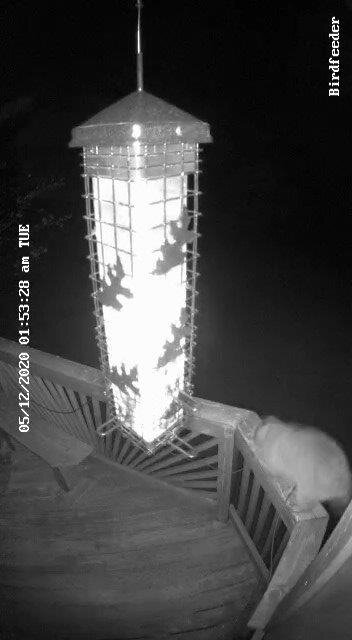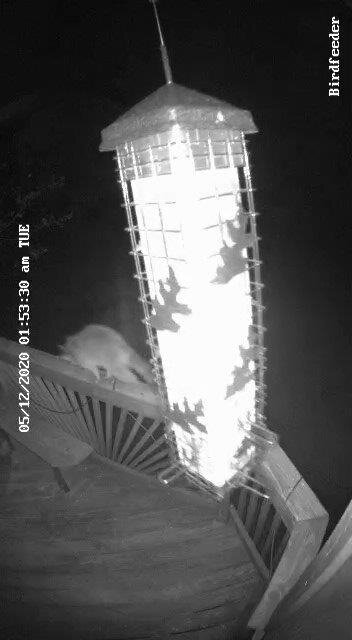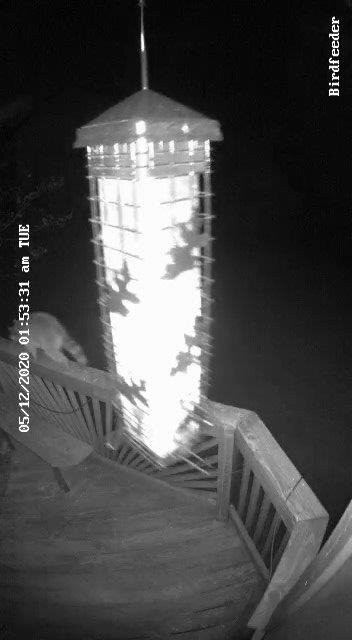Gleanings of the Week Ending July 4, 2020
/The items below were ‘the cream’ of the articles and websites I found this past week. Click on the light green text to look at the article.
Utah’s arches continue to whisper their secrets - GeoSpace - AGU Blogosphere – A study to measure arches to hone 3-D models from the Geohazards Research Group at Universe of Utah. The 30 second video of the model showing how Moonshine Arch moves is worth viewing.
Will the world be quieter after the pandemic? - BBC Future – I know I appreciate having a quieter environment; it’s an aspect of the pandemic that has been positive. The quiet is one of the things I like about my Prius Prime when it is in EV mode. Maybe some of the new norm will involve choices to maintain, as much as we can, the quiet.
Exposure to air pollution impairs cellular energy metabolism -- ScienceDaily – A study from Finland – exploring how particulates impact the olfactory mucosa (a neural tissue located at the upper part of the nasal cavity…the first line of defense against inhaled agents). As I read the article, I wondered if this is the tissue impacted my COVID-19 in people that lose their sense of smell when infected….and also, does wearing a mask filter enough particles to give the tissue a break from other air pollutants.
Renovations Reveal Rare Maya Murals Hidden in Guatemalan Home | Smart News | Smithsonian Magazine – From a colonial home in a mountain village.
Bird feeding helps females more than males -- ScienceDaily – The female cardinals are at my bird feeder much more frequently that the males in both winter and summer. This study doesn’t really point to a reason for that. I’ve always thought that other than the males dominance getting food first….the females might need more food at certain times….when they are laying eggs, for example.
London Foxes Show Early Signs of Self-Domestication | Smart News | Smithsonian Magazine – “Domestication syndrome” – shorter snout and smaller brain.
Painted Vault Revealed at Villa Near Pompeii - Archaeology Magazine – There are new discoveries because they are excavating a part that has not been studied before.
Marine Biologist Braves Cold Water to Photograph Little Known Sea Creatures – Creatures of the ocean….many so delicate they can’t be studied in a lab. Alexander Semenov is a marine biologist and photographer working like a 19th century naturalist, but with 21st century technologies.
Plot Brewing To Blanket US In Solar Panels + Pollinator-Friendly Plants – A beginning…. building hope via steps in the right direction. This article coincided with the MACCEC conference earlier this week. I ended the week more optimistic that the ball is in motion for many ‘drawdown’ actions.
Fish Eggs Can Survive a Journey Through Both Ends of a Duck – The study in this article was done with common carp and Prussian carp…. but what about other invasive species. If most types of fish eggs can survive the duck’s gut - it is bad news for efforts to stop the spread of invasive fish species.
Unique Activities for Yesterday:
Thinking about the first women in my family that could have voted. Women have had the right to vote in the US since 1920 – we’re celebrating 100 years this year. My sister and I have been talking about our great-grandmothers (and maybe the great-great grandmothers too). It’s interesting to think about what it was like in 1920 in our family; they were all citizens by then…although one side of the family were immigrants or children of immigrants.
We wondered if their relationship to immigration and obtaining citizenship would have made it more likely that they would have voted. One of them was divorced with her children teenagers or older; she was educated in Europe before she immigrated. Did her oldest son go with her to vote? The other great-grandmother might have voted as well; she had 3 daughters in 1920 with the youngest being 8 years old (there would be one more after 1920) and they lived on a farm…but went into town often enough. My grandparents from that side of the family always voted, so there’s a reasonable chance that their mothers did to.
One of the things I learned during the recent conversations, is that the grandparents on the other side of the family hosted the local polling place in their garage in the 1940s! That’s an indication that voting was important to them and that could have been passed down from their parents. One of those great-grandmothers ran a boarding house (around 1920) so she was aware of things going on in town and would have had easier access to the polling place. She insisted that her daughter finish high school a few years later which might indicate that she was attune to the changing role of women more broadly.
I like to think that maybe all 4 of my great-grandmothers voted in 1920…their first opportunity to do so.

